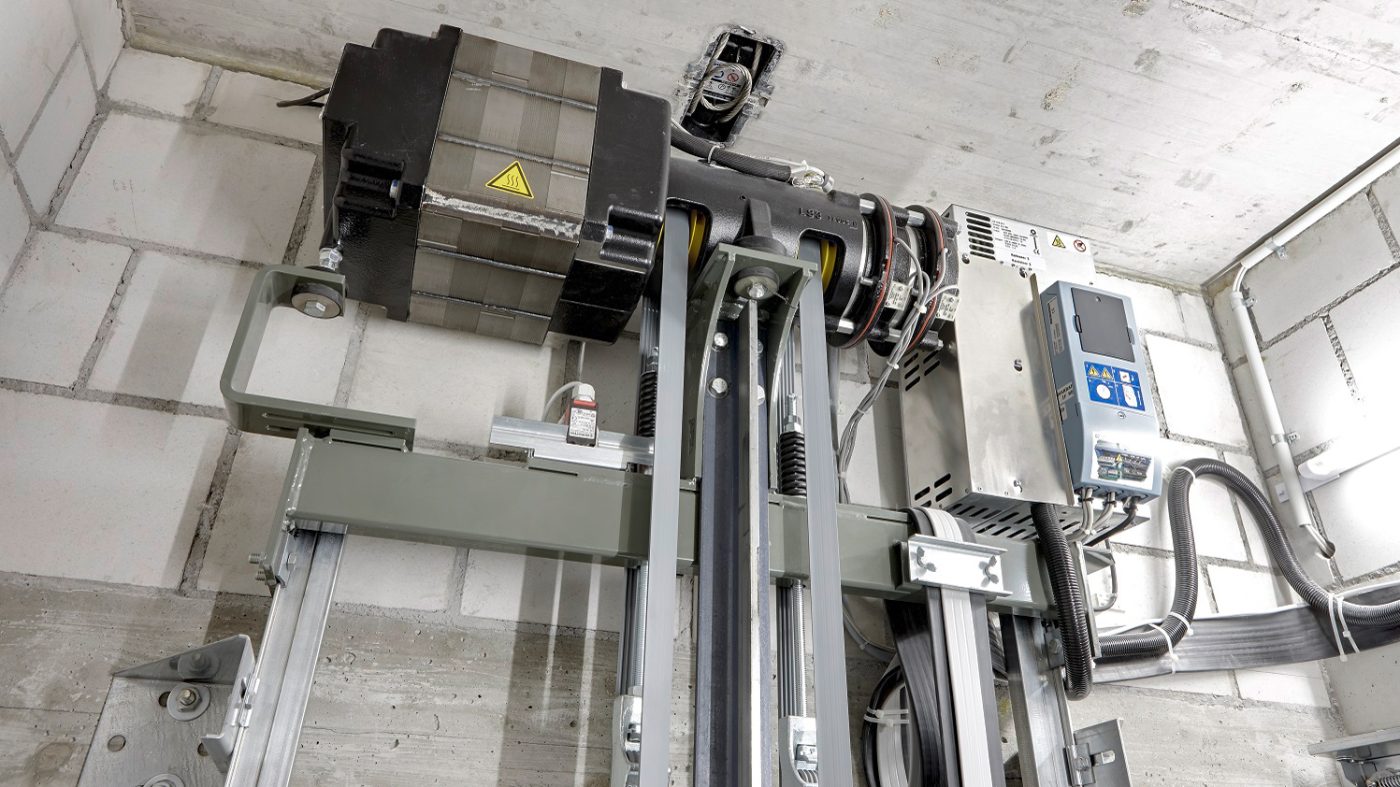Your cart is currently empty!
Elevator mechanical Car
—
by
ASElevator

Elevators are a mechanical device that moves people or loads vertically up or down. Basically the main components of an elevator are:
Cabin or Platform: The part that carries people or loads. It is often called a cabin and has an interior space inside where people travel. Freight elevators may have wider platforms.
Lifting Mechanism (Ropes or Cylinders): The component that enables the upward or downward movement of the cabin. While steel ropes are used in traditional elevators, hydraulic elevators have hydraulic cylinders.
Control System: Electronic or mechanical system that controls and regulates the operation of the elevator. This system allows the cabin to move towards the floors safely. Also enforces safety protocols in emergency situations.
Guide Rails or Well: The structure that allows the cabin or platform to move between floors. These guides or wells are used to ensure proper upward and downward movement of the cabin or platform.
Motor and Drive System: The mechanism that moves the elevator cabin up and down. Various systems such as motors, gear systems or hydraulic pumps can be used.
Emergency Systems: Systems that ensure the safe stopping or evacuation of the elevator in case of emergency such as fire or power outage. These systems include emergency lights, alarm buttons, automatic brakes, etc. it could be.
Elevators can be of different types depending on their intended use and building requirements. For example, while hydraulic elevators are frequently used in low-rise buildings, tensile-force elevators powered by steel ropes are generally preferred in high-rise buildings.

Leave a Reply